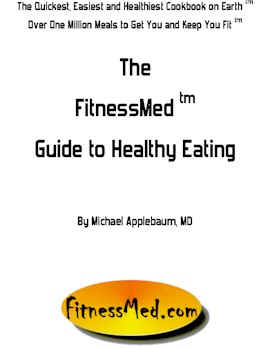
So what?
The General Mills Whole Grain Check-up, released today, reveals 61 percent of Americans believe they get enough whole grain in their diet. In reality, only 5 percent of Americans get the three full daily servings (at least 48 grams) recommended by the U.S. Dietary Guidelines for Americans.Bulls**t.
General Mills conducted the study to better understand American attitudes around whole grain and the gap between the amount of whole grain Americans should be eating and what they are actually consuming.
"With the average person getting a little more than half of a serving of whole grain each day, America's whole grain gap is a concern," said Susan Crockett, Ph. D, RD, FADA, vice president, Health and Nutrition, and director of the Bell Institute of Health and Nutrition at General Mills. "As part of a healthy diet, whole grain can help with diabetes and weight management, as well as reducing the risk of heart disease and certain cancers. Ready-to-eat cereal is the leading source of whole grain and packs in vitamins, minerals and key essential nutrients - without packing on calories."
Cereals, made mostly of carbohydrates, contain 4 Calories per gram just as the carbohydrates in donuts.
"Packing on the calories (sic)," is a function of quantity.
The "grain gap," is a truth gap.
Don't fall for the gap crap.








No comments:
Post a Comment